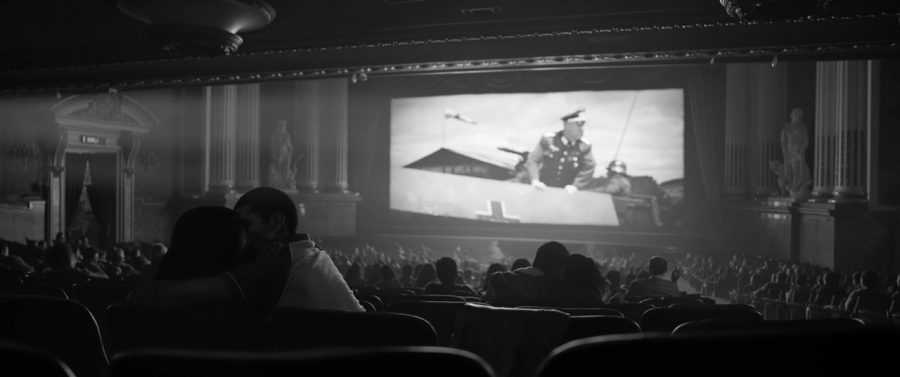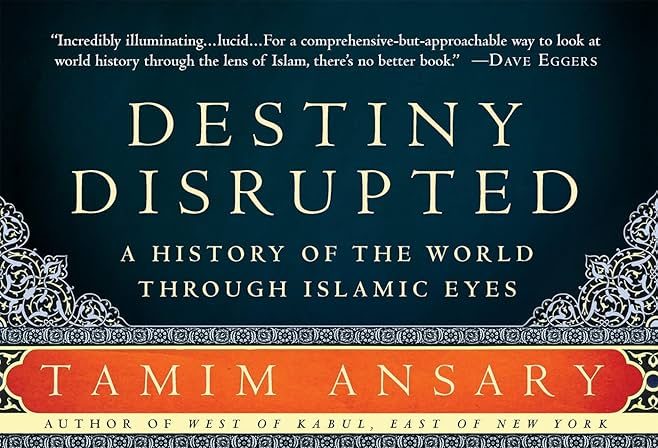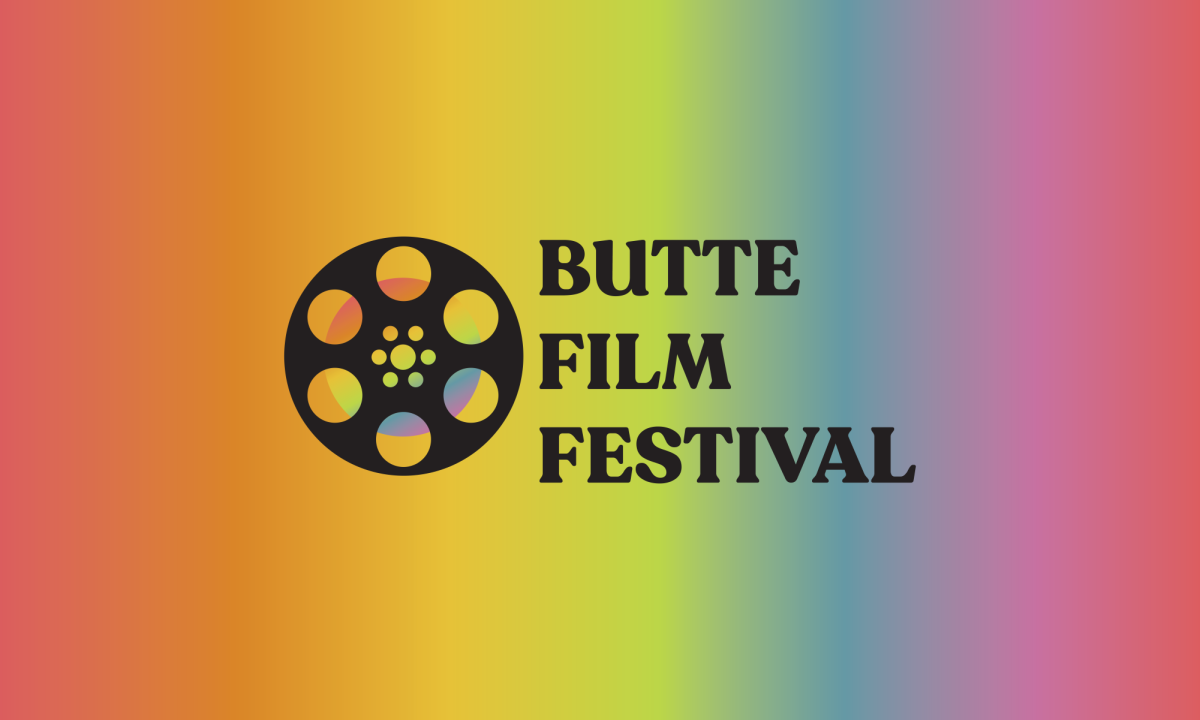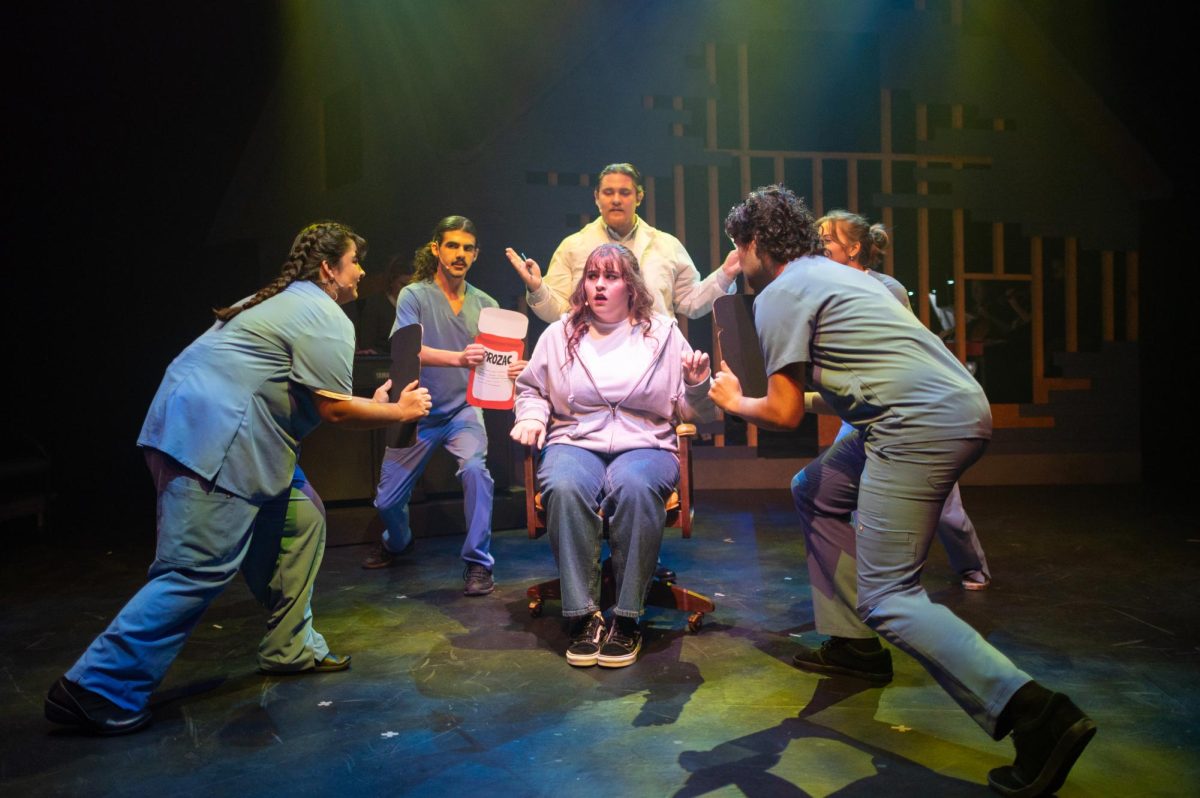Disclaimer: This list is my personal opinion. While I do feel that there are other films that are much more influential and significant to cinema both thematically and culturally, these films are the ones that have resonated with me the most and deserve recognition.
15. “Three Billboards Outside Ebbing, Missouri”
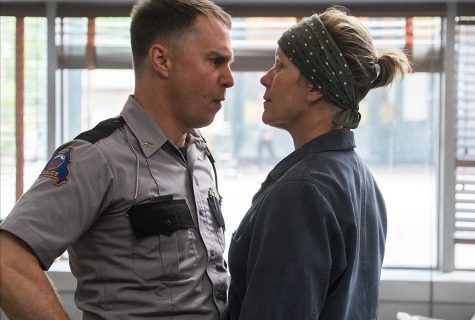
IMDb website photo
Martin McDonagh’s 2017 film is screen writing at its best. With Frances McDormand’s Oscar-worthy performance, Sam Rockwell’s redemption arc and the use of fire as a symbol for both damnation and salvation, “Three Billboards Outside Ebbing, Missouri” truly captures themes of sorrow and heartbreak, among others that reflect the human condition, especially for those who have experienced tragedy and loss.
14. “The Dark Knight”
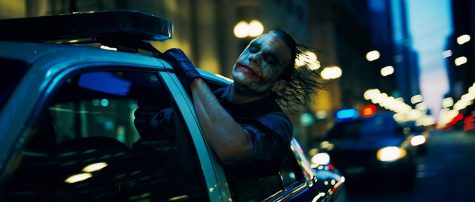
IMDb website photo
Christopher Nolan’s sequel to “Batman Begins” has been regarded as the definitive super hero movie, and for good reason. With its nuanced approach to themes of humanism and righteousness, delivering a steady balance between action and narrative and exhibiting stellar performances from Christian Bale and Heath Ledger (who is the only actor to win an Academy Award for a comic book character), “The Dark Knight” is the perfect super hero movie and many of its contemporaries pale in comparison.
13. “The Thing”
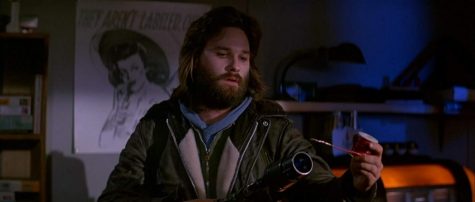
IMDb website photo
John Carpenter’s 1982 film, “The Thing,” is hailed as one of the most terrifying horror films to date. The film, in terms of its use of visual and practical affects, was ahead of its time and, with its narrative and visuals of the monster, created a sense of dread and suspense that many contemporary horror films fail to capture. In addition, the blood test scene is one of the best examples of captivating and suspenseful screenwriting that I have ever seen.
12. “Saving Private Ryan”

IMDb website photo
Many war films, particularly World War II films, seem to just act as patriotic fan service and I have grown less fond of them over the years. However, Steven Spielberg’s “Saving Private Ryan” is anything but a piece of patriotic propaganda. The production value for this film, alone, makes it worthy enough to be considered as one of the best films of all time. Performances from Matt Damon, Tom Hanks, Barry Pepper and the opening Omaha Beach landing scene made “Saving Private Ryan” a standard in the war film genre that few have been able to achieve.
11. “Up”
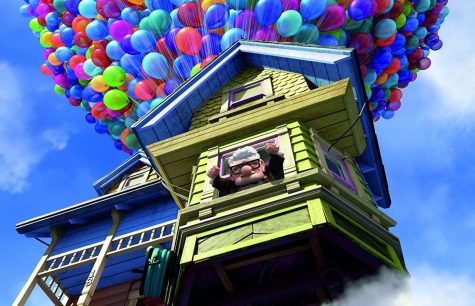
IMDb website photo
Disney/Pixar’s “Up” is my favorite animated film of all time, and one of my favorite films in general. The “married life” montage is by far one of the best opening sequences of any film, which is impressive considering not a word of dialogue was spoken in the entire scene. But what I admire the most about “Up” is its ability to deliver hard truths of life, like death and loss, in an appropriate manner that children, especially since they’re in their formative years, can be subjected to.
10. “The Shawshank Redemption”
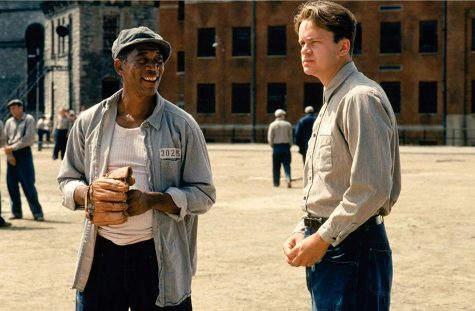
IMDb website photo
“The Shawshank Redemption” is one the best stories of redemption. Set in a depression era prison, many inmates find themselves in subjected to systemic oppression and violence. Though the story revolves around Andy Dufresne, a man imprisoned for a crime he did not commit, the film also focuses on how every main character finds redemption and salvation in their lives in one of the most heart wrenching narratives in cinema.
9. “Get Out”
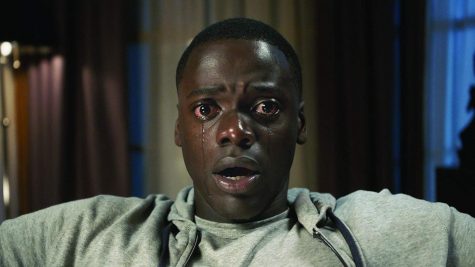
IMDb website photo
Jordan Peele’s debut film has established Peele as a force to be reckoned with in mainstream cinema. “Get Out” displays not only Peele’s mastery of screenwriting and directing, but serves as one of, if not the best, piece of social and political commentary, critiquing the status quo in modern America and how African-Americans have been historically oppressed, and are still marginalized in many communities today.
8. “Hereditary”
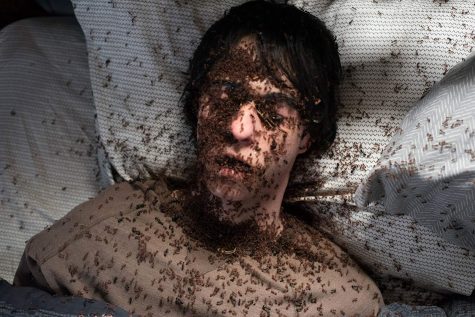
IMDb website photo
Ari Aster, much like Peele, has left an indelible mark in modern horror with his debut film, “Hereditary.” This film embodies everything I look for in a horror in movie and then some. “Hereditary” rejects common horror clichés, delivers a cohesive narrative and approaches horror in a much more terrifying manner that evokes a sense of dread that sticks for a few days afterwards. To be frank, this is the only horror movie where I felt the need to go to church after watching it because even though this film is supernatural horror film, the events and tragedies in the film feel so real and immersive that it’s borderline nauseating. Because of “Hereditary,” I have become an avid fan of the horror genre and this film is one of my all-time favorites.
7. “Lord of the Rings: Return of the King”
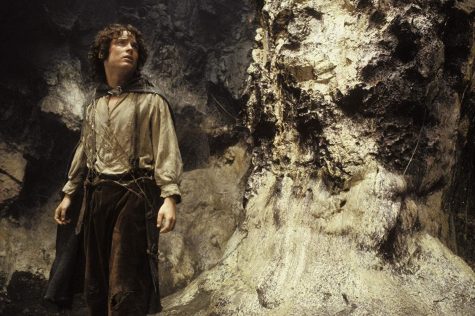
IMDb website photo
The final installment of the Lord of the Rings trilogy solidified Peter Jackson’s status as one of the greatest directors of all time. “Return of the King” is one of the best epics to ever be produced, and many of its visual effects have aged tremendously well, considering the film is over 15 years old. “Return of the King” also holds a significant role in the fantasy genre, making it the first film of the genre to win the Academy Award for best picture and holding the record for the largest sweep at the Academy Awards by winning every award it was nominated for.
6. “The Revenant”
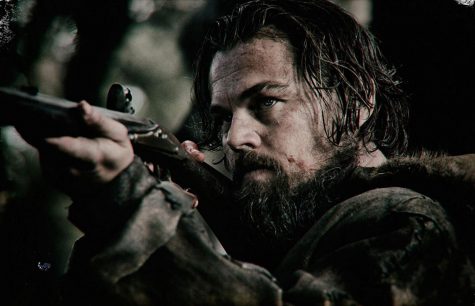
IMDb website photo
Alejandro González Iñárritu’s “The Revenant” is the epitome of both epics and Westerns. Iñárritu’s artistic direction, Emmanuel Lubezki’s cinematography and Leonardo DiCaprio’s performance create an immersive story about a fur trapper and his escape from certain death after being abandoned in Montana wilderness by his men. The battle sequences are impeccable and Lubezki’s keen eye for capturing beautiful imagery and telling a visual story is second to none. It’s also refreshing to see a Mexican director and cinematographer achieve mainstream success and critical acclaim.
5. “No Country for Old Men”
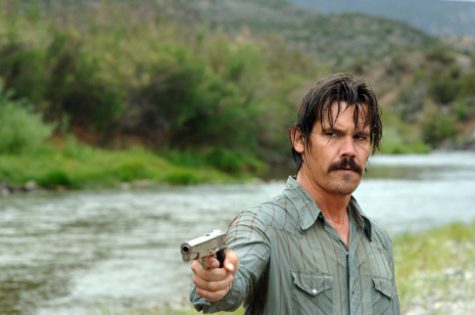
IMdb website photo
“No Country for Old Men” is, in my opinion, the best movie Joel and Ethan Coen, (aka the Coen Brothers) have ever produced. Westerns have been a common style of their filmography, with films like “True Grit” and “The Ballad of Buster Scruggs,” however, no other western of theirs, let alone the rest of their films, compares to “No Country for Old Men.” This neo-western crime movie delivered a phenomenal story without even being accompanied by a musical score or soundtrack, which is unorthodox for a film. Also, Javier Bardem’s portrayal of Anton Chigurh is one of the most menacing antagonists in cinema, almost in the same vain as Heath Ledger’s Joker in “The Dark Knight.”
4. “Children of Men”
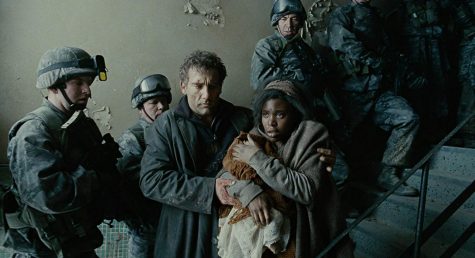
IMDb website photo
Alfonso Cuarón’s 2006 masterpiece, “Children of Men,” takes place in the not-so-distant future where the world is plagued with infertility, social anarchy and collapse. This has made the United Kingdom the only country where some sense of social and political order is established. However, the influx of immigrants into the U.K. has caused tensions and xenophobia to rise. The film holds many themes and commentaries about the status quo, specifically the treatment of immigrants, in first world countries. Yet, its story is beautifully delivered through Cuarón’s direction and Lubezki’s cinematography. Though this film was released more than ten years ago, many of its critiques and themes are still very relevant today, unfortunately.
3. “Roma”
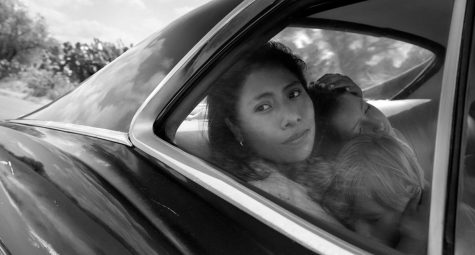
IMDb website photo
With the second Cuarón film of this list, “Roma” is yet another masterpiece delivered by the Mexican-born director. In this film, we follow Cleo, an indigenous woman who serves as a live-in maid for a middle-class family in Mexico City during the 1970s. The film focuses on Cleo’s life, who lives in an era in which Mexico was littered with social and political turmoil. Juxtaposed with a noir aesthetic, “Roma” serves as a critique to the Mexican bourgeoisie and government. On top of that, by having an indigenous woman as the lead character of the film, “Roma” delivers a much more authentic and realistic representation of the proletariat of Mexico and the systemic hardships they must endure.
2. “The Godfather”
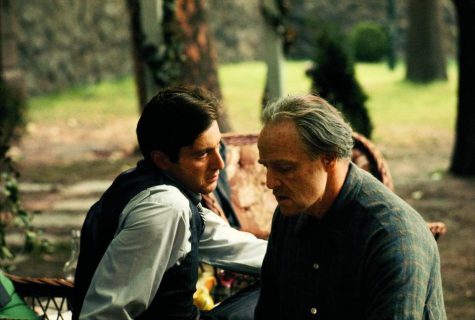
IMDb website photo
Francis Ford Coppola’s 1972 film is regarded by many, myself included, as the epitome of American cinema. Its narrative structure has set the standard for filmmaking, specifically with Michael Corleone’s character arc. Because of Michael’s arc, “The Godfather” is not a crime film, but rather a tragedy. At the beginning of the film, Michael is a righteous man who holds strong to his virtues, but by the end of the film, he succumbs to the evil of organized crime, perpetuated by his family. This turning point in the film is brought front-and-center during the infamous baptism scene, one of the most dramatic climaxes in cinema. The beauty of “The Godfather” is not its romanticization of crime, but rather its insight on how crime embraces the dark side of the human condition.
1. “Moonlight”
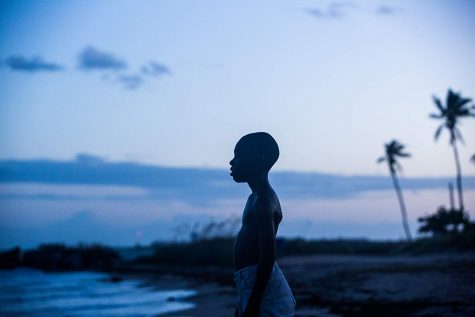
IMDb website photo
Barry Jenkins’ directorial debut, “Moonlight,” is, in my eyes, the most significant moment in contemporary American cinema. The film centers around Chiron, a young African-American boy who lives in poverty-stricken Miami. Throughout the film, Chiron must overcome many obstacles, including living with a drug addicted, single mother, dealing with social norms of toxic masculinity and coming to terms with his sexuality. Through Chiron, this film highlights the struggles many in marginalized communities must endure and themes of homosexuality while challenging societal ideals of masculinity (without gentrifying it like “Call Me by Your Name”). Jenkins’ choice to deliver a film in which the main character is a homosexual African-American man in modern-day America was a risk, but a necessary one because it offered a character and a narrative that is not often enough seen. “Moonlight,” with its beautiful and poetic narrative elements, has slowly become my favorite film of all time, and is our generation’s “The Godfather,” in terms of aesthetics, themes and story-telling abilities.



